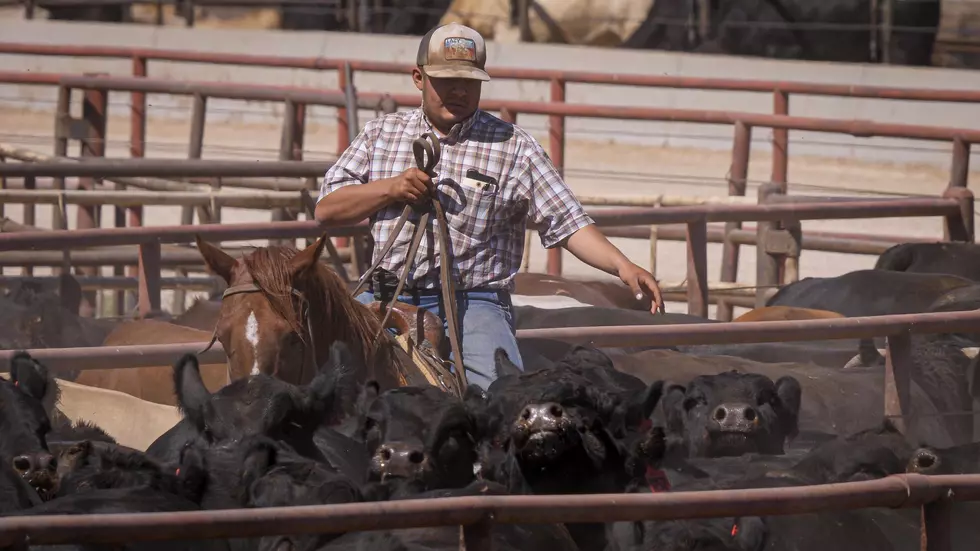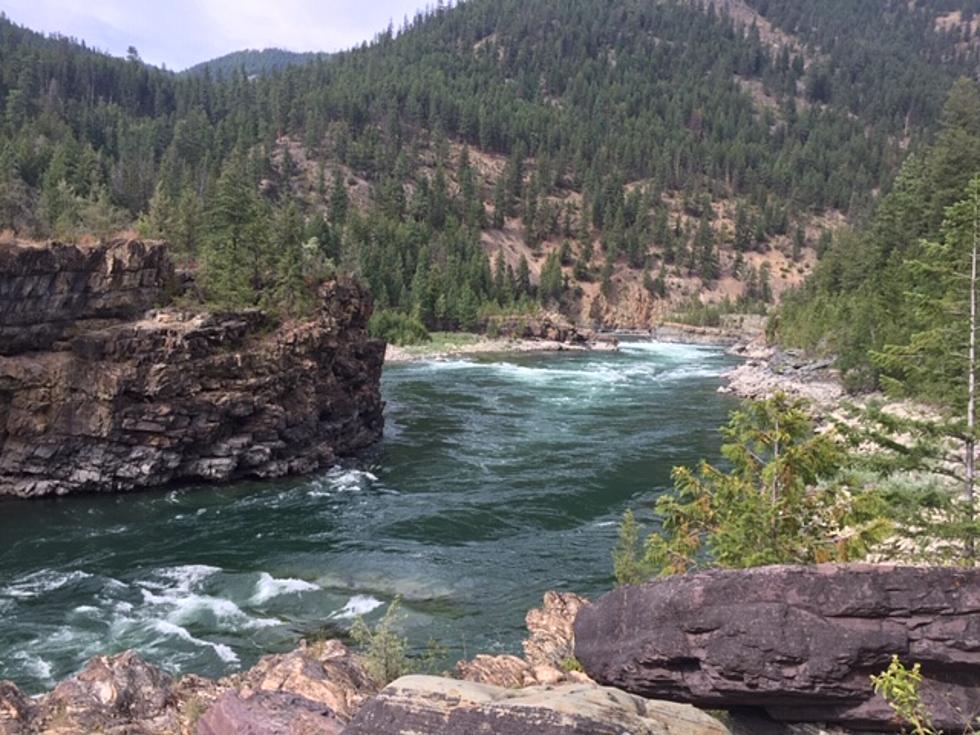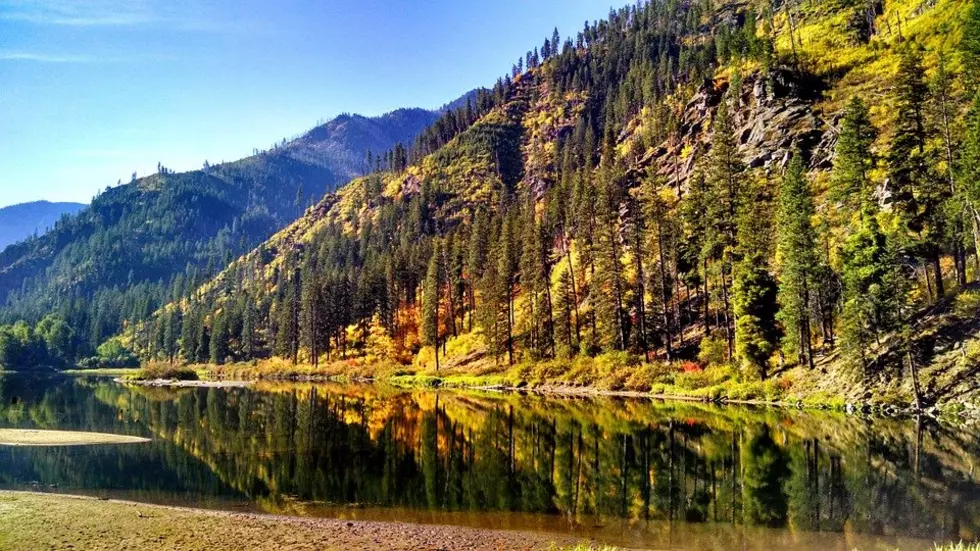
Farm Bill Simplified: Conservation
The Senate Agriculture Committee released a newsletter entitled “Farm Bill 101: Protecting Our Lands and Water.” This one-pager is designed to be easily digestible and explain how the bill helps in conservation efforts while also giving producers options on the best ways to implement those tools on their operation.
“The Farm Bill is one of the largest investments we make as a country in conservation and maintaining clean air and clean water. It provides our farmers with popular and voluntary tools that they use to help address the climate crisis," said Chairwoman Debbie Stabenow
Conservation and the Farm Bill:
- Investing in clean air, clean water, and nutrient-rich soil is in the interest of our farmers, ranchers, and the American people.
- These programs put cash in the pockets of our farmers to adopt climate-friendly practices. The programs are voluntary, popular, and proven ways to address the challenges of the climate crisis by taking carbon out of the air – making a healthier atmosphere – and putting it into the ground – making healthier soil for our farmlands. That’s a win-win!?
- These programs protect our farmland from development, restore wetlands and wildlife habitats, promote recreational activities like hiking and hunting, increase biodiversity, and promote cooperation between farmers, environmental groups, and local governments.
Conservation History in the Farm Bill:
- Our country’s farmers and ranchers were some of the early stewards of our lands and waters, and Farm Bills have always provided federal support for conservation practices. In 1985, the Farm Bill formally included a Conservation Title and set the stage for the programs we know today.
Interesting Facts:
- To date, over 500,000 farmers have participated in voluntary conservation programs, but the programs are so popular that they are still oversubscribed by 3-1!
- In 2022, Congress passed a historic investment in conservation programs, allowing more farmers to participate in and create a climate-smart agricultural system for our future.
Program in Action:
- The Farm Bill supports several programs that help preserve farmland, promote biodiversity and wildlife habitat, support outdoor recreation, and ensure clean air and water for generations to come. These include:
- The Agricultural Conservation Easement Program supports long-term easements that keep our working farms working, protect natural habitats, and promote recreation.
- The Conservation Stewardship Program supports whole-farm conservation systems and includes practices like cover crops, buffer strips, and transitioning to organic farming. It is the largest federal conservation program by acre.
- The Environmental Quality Incentives Program provides financial and technical assistance to help farmers put conservation practices to work on their farms and ranches and helps many farmers begin conservation.
- The Regional Conservation Partnership Program, created by Chairwoman Stabenow in the 2014 Farm Bill, promotes partnerships that leverage private and public dollars to address regional conservation issues.
- The Conservation Reserve Program helps farmers remove environmentally sensitive land from production to improve soil and water quality and preserve local habitats.
Find Out More:
- You can learn more about how the Farm Bill supports conservation here.
- Read how the Farm Bill invests in innovation and research.
- The Farm Bill also helps grow marketing opportunities for U.S. producers.
- This ag legislation also supports urban areas and their agriculture practices.
- Nutrition is one of the biggest pieces of the Farm Bill whole.
Source: U.S. Senate Committee on Agriculture, Nutrition & Forestry, PNW Ag Network
12 Washington State Extreme Weather Records
More From PNW Ag Network









